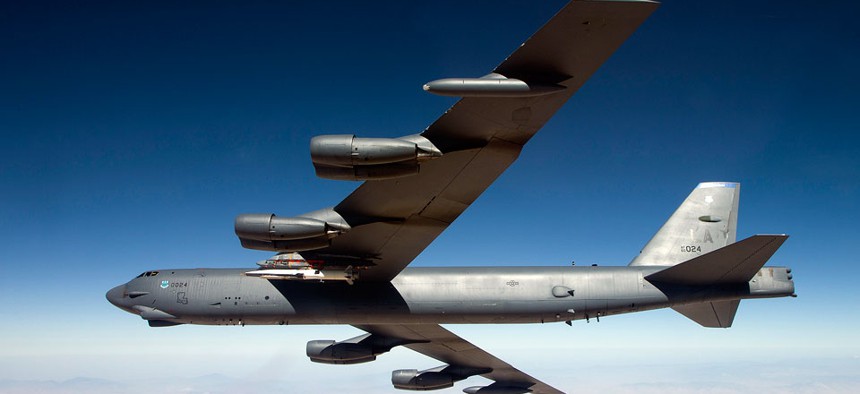Two Explosive Reminders That the US and China Are in a Hypersonic Arms Race

The X-51 Hypersonic's final flight U.S. Air Force
The test of a rocket-powered glider called the Advanced Hypersonic Weapon failed when US Army engineers ordered it to self-destruct after its launch went wrong.
The test of a rocket-powered glider called the Advanced Hypersonic Weapon (AHW) failed when US Army engineers ordered it to self-destruct after its launch went wrong early on August 25. The explosion left debris scattered across the Kodiak Launch Complex in Alaska:
The destruction of the AHW is the second setback this month for world powers developing weapons intended to traverse the globe in the time of a reasonable daily commute. On August 7, a People’s Liberation Army test of a hypersonic glider (known to the US military as WU-14) failed when it broke apart shortly after launch, according to the South China Morning Post.
This US AHW is part of the Department of Defense’s Conventional Prompt Global Strike plan, which would equip the US with the ability to hit any target on earth in as little as an hour. The AHW can travel at up to 10 times the speed of sound; in its first test in 2011, it flew 2,300 miles in less than half an hour from a launch site in Hawaii to a target in the Marshall Islands.
The WU-14 and the AHW are both “boost-glide” weapons, meaning they gain elevation via auxiliary rockets—the boost—and then travel in a relatively flat trajectory to their targets—the glide. This makes them difficult for missile defense systems, which are best at dealing with the high arcs of traditional ballistics. The weapons also pose serious engineering challenges: At high velocities, the complex aerodynamics and the effects of high temperatures are not fully understood.
The two missile mishaps are symptoms of the ongoing hypersonic arms race. All the usual players are invited: Besides the US and China, it’s likely that Russia is working on boost-glide weapons as well, according to James Acton, a defense analyst at the Carnegie Endowment for International Peace. Long-range hypersonic cruise missiles, which are similar to boost-glide weapons in behavior but powered by onboard jet engines, are also being developed by the three nations, Acton said.
The race will play out over the next several years. The U.S. Advanced Hypersonic Weapon is expected to be completed in 2019, according to a $44 million Army Space and Missile Defense deal with Ducommun Miltec, a private defense firm. For now, despite the crash, the United States is sitting pretty.
“There are reasons to suppose that what China was trying to do was distinctly less ambitious,” Acton said. “So right now I would suspect that the U.S. has a significant lead.”
Reprinted with permission from Quartz. The original story can be found here.





